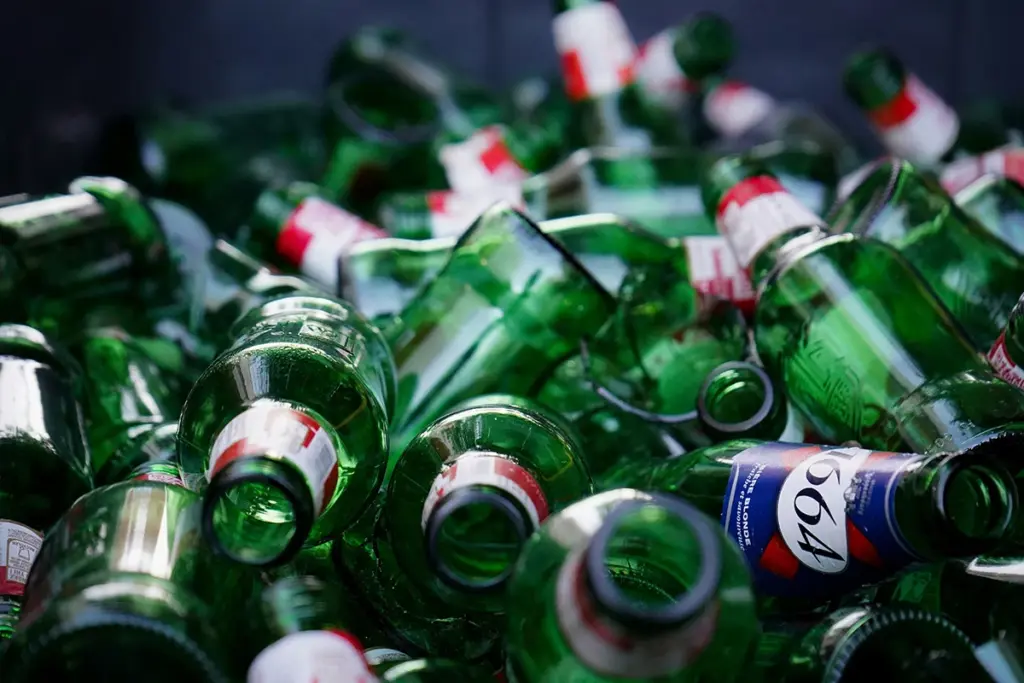
Researchers at the University of Portsmouth have pioneered a method to incorporate powdered waste glass into construction materials, specifically aimed at creating more sustainable building blocks. This innovative approach addresses the challenges of recycling glass, which is often more complex than it appears. The research team, which included scientists from three additional universities, focused on using recycled glass as a stabilizing agent in compressed earth blocks (CEB).
CEBs are made from a mixture of soil, water, and cement, compressed under high pressure to form durable bricks. This method produces a construction material that significantly reduces carbon emissions compared to traditional fired bricks. Typically, cement acts as a binder in these blocks, enhancing their structural integrity and resistance to moisture. The challenge was to find alternative ingredients that could replicate these qualities while utilizing recycled materials.
Dr. Muhammad Ali, a co-author of the study published in Discover Civil Engineering in March 2024, highlighted the extensive testing involved in developing the optimal mix. The team evaluated various combinations of materials to determine effective replacements for cement. “At each percentage level we tested for water absorption, how resistant to breaking the blocks were when compressed, and to determine the maximum stress the block could withstand while being stretched or pulled, before breaking or becoming deformed,” Dr. Ali explained.
The researchers found that a mix comprising 10% lime and 10% recycled glass particles yielded the strongest blocks, exhibiting no cracking under substantial pressure. This discovery opens up possibilities for CEB manufacturers to create bricks that not only perform well but also contribute to sustainability efforts.
While this method shows promise, further investigation is necessary to fully assess the long-term durability of these blocks under various environmental conditions. The researchers suggest that the integration of recycled glass into CEBs could significantly reduce the energy and resources typically required for traditional glass recycling processes.
The potential applications for CEBs are particularly relevant in developing countries, where they can be used for low-rise residential and community buildings, such as schools and clinics. Local sourcing of materials and labor-intensive production methods make these blocks an appealing option for sustainable construction. However, it is crucial to note that CEBs may not be suitable for high-rise structures commonly found in urban areas of developed nations.
Globally, scientists are exploring multiple avenues to reduce glass waste and prevent it from ending up in landfills. Alternatives include using glass for fire-resistant cladding, substituting sand in concrete for 3D printing, and creating insulating bricks by combining glass with ash from waste. Additionally, there have been initiatives to develop a type of glass that breaks down in compost.
As the construction industry continues to search for sustainable solutions, the research from the University of Portsmouth represents a significant step forward in repurposing waste materials. The ongoing challenge will be to scale up the production of these recycled glass-infused CEBs and assess their market demand, which could ultimately lead to a meaningful impact on both sustainability and waste management.







